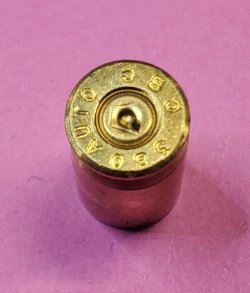- Joined
- Feb 1, 2025
- Messages
- 164
- Reaction score
- 220
For anyone that buys/installs one of the GP triggers, please start a thread on it and share info on how well the install goes and your impressions of trigger pull feel and the trigger pull weight.
I've installed four of them on full size and Shield pistols and I'm curious about these, too.
I've installed four of them on full size and Shield pistols and I'm curious about these, too.


